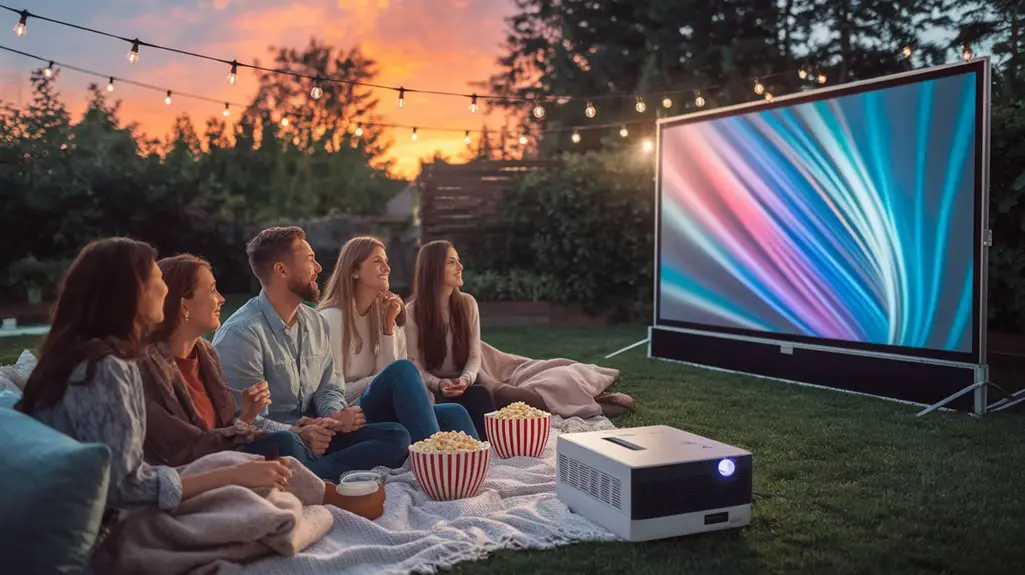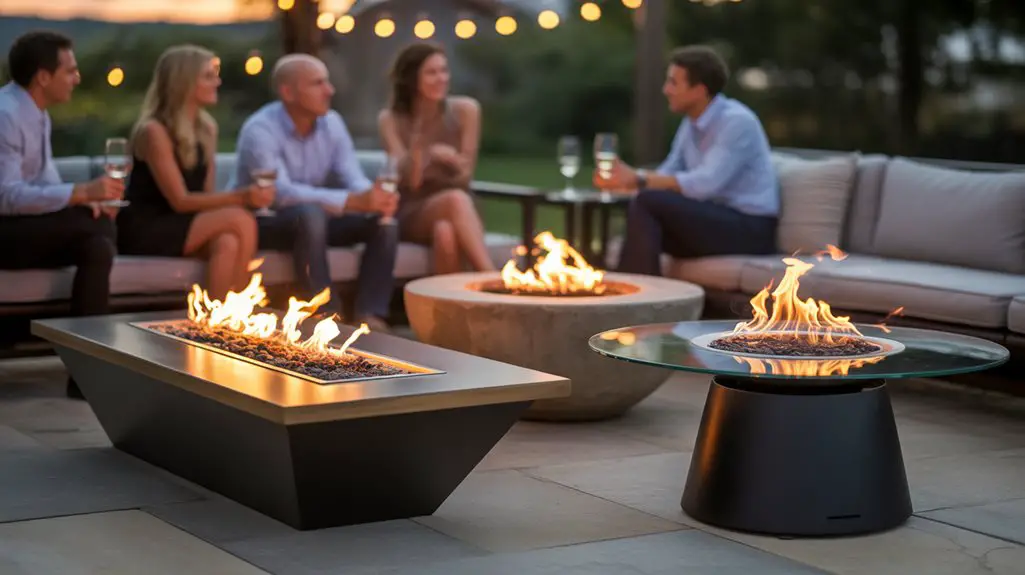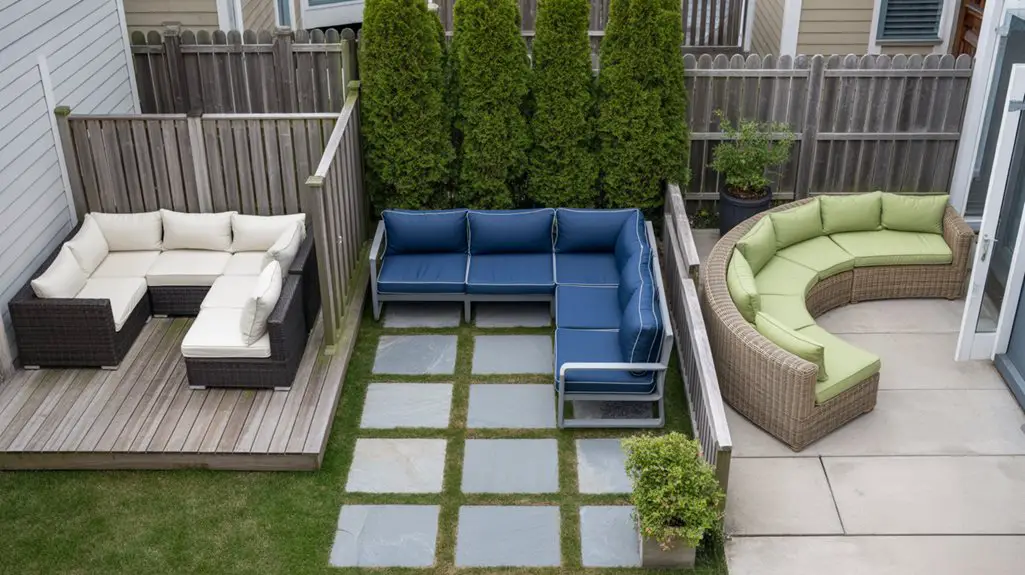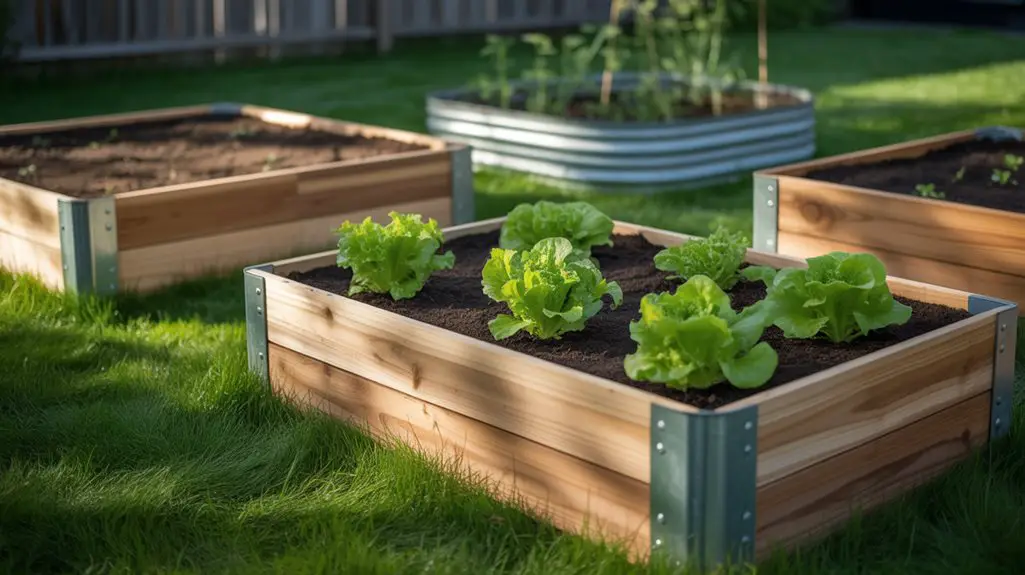When you’re planning outdoor movie nights, choosing the right projector makes all the difference between a memorable experience and a disappointing one. You’ll need to take into account brightness (measured in ANSI lumens), resolution, portability, and weather resistance as key factors. The perfect outdoor projector balances these elements while fitting your budget constraints. With numerous models claiming to be “outdoor-ready,” a careful comparison of specifications and real-world performance will reveal which options truly deserve your investment.
Key Features to Look for in Outdoor Movie Projectors
When selecting a projector for outdoor movie viewing, brightness stands as the most critical specification to evaluate.
Measured in lumens, you’ll want at least 2,500 ANSI lumens for twilight viewing, while 3,500+ proves ideal for earlier showings.
Resolution directly impacts image clarity—1080p serves as the minimum standard, though 4K delivers superior detail for larger screens.
Consider contrast ratio (2,000:1 or higher) for deep blacks and vibrant colors in low-light environments.
Portability factors heavily into outdoor setups.
Look for compact, lightweight models with built-in batteries for locations without power access.
Connectivity options should include HDMI, USB, and wireless casting capabilities.
Weather resistance, while not essential, provides valuable protection against humidity and light precipitation.
Top Budget-Friendly Projectors for Backyard Cinema

Creating an outdoor movie experience doesn’t require breaking the bank. Several affordable projectors deliver impressive performance for backyard cinema setups under $500.
The GooDee HD Projector offers 6000 lumens brightness and native 720p resolution, making it ideal for twilight viewing.
For enhanced portability, the Anker Nebula Capsule II combines a compact design with built-in Android TV and 2.5-hour battery life.
The APEMAN Mini Projector balances cost-efficiency with adequate brightness at 4500 lumens.
When selecting budget options, prioritize models with at least 3500 lumens, 720p native resolution, and connectivity options like HDMI and USB.
While these won’t match high-end 4K projectors, they provide sufficient quality for casual outdoor movie nights without significant investment.
Premium Projector Options for Ultimate Outdoor Viewing

For enthusiasts seeking cinema-quality outdoor projection beyond entry-level solutions, premium projectors offer substantial performance advantages that justify their higher price points.
Models like the Epson Pro Cinema 4050 deliver true 4K enhancement technology with 2600 lumens brightness, ensuring vivid images even in partial daylight.
Sony’s VPL-VW325ES features native 4K resolution with advanced Reality Creation processing that renders unprecedented detail in nighttime viewing.
For ultimate portability without sacrificing quality, consider the Anker Nebula Cosmos Laser 4K. Its 2400 ANSI lumens and built-in 30W speakers eliminate the need for separate audio equipment.
When investing in premium projectors, prioritize high brightness (3000+ lumens), native 4K resolution, and HDR compatibility to future-proof your outdoor cinema experience.
The Best Portable Projectors for Movie Nights on the Go
Portable projectors have revolutionized outdoor movie viewing by combining compact design with impressive performance capabilities. Models like the Anker Nebula Capsule II and BenQ GS50 offer true portability without sacrificing essential features.
When selecting a portable projector, prioritize these key specifications: at least 300 ANSI lumens for visibility, native 720p resolution (1080p preferred), 2.5+ hour battery life, and built-in streaming capabilities.
The ViewSonic M2e excels with its 1080p resolution and auto-focus, while XGIMI’s Halo+ delivers superior 900 ANSI lumens brightness in a 3.5-pound package.
For maximum versatility, consider projectors with USB-C charging, integrated speakers, and Android TV. You’ll trade some brightness compared to full-sized models, but modern portables deliver sufficient illumination for gatherings of 6-10 viewers within ideal 80-100″ screen sizes.
Weatherproof and Durable Projector Models
While standard projectors require protection from the elements, weatherproof models specifically engineered for outdoor resilience eliminate this concern entirely.
These rugged units feature IP-rated enclosures that shield internal components from moisture, dust, and temperature fluctuations.
Look for projectors with IP65 or higher ratings, indicating complete dust protection and resistance to water jets from any direction.
Models like the BenQ GS50 and Epson EF-12 offer excellent durability without sacrificing image quality.
The XGIMI Halo+ includes sealed ports and reinforced chassis design for additional protection.
When selecting a weatherproof projector, prioritize units with thermal regulation systems that prevent overheating during extended outdoor operation.
Many durable models now incorporate anti-fog lenses and corrosion-resistant hardware—essential features for coastal environments where salt air quickly degrades standard equipment.
Optimal Brightness and Resolution Requirements for Outdoor Viewing
Unlike indoor environments where ambient light can be fully controlled, outdoor movie viewing demands markedly higher brightness levels to combat natural light interference.
For twilight viewing, aim for projectors with at least 3,000 ANSI lumens; for darker conditions, 2,500 ANSI lumens can suffice. After sunset, even 2,000 lumens provides adequate visibility.
Resolution requirements depend on your viewing distance and screen size. For screens under 120 inches, Full HD (1920×1080) delivers sharp imagery with good detail retention.
For larger displays, consider 4K (3840×2160) projectors to maintain clarity. Remember that contrast ratio affects image depth—seek at least 2000:1 for rich blacks and vibrant colors.
When selecting, prioritize brightness over marginally higher resolution, as luminosity ultimately determines outdoor visibility.
Perfect Projector Screen Pairings for Your Backyard Theater
The perfect projector screen transforms your backyard movie experience from good to exceptional, serving as the canvas that captures and reflects your projector’s light output.
For ideal results, pair high-lumen projectors with screens offering 1.0-1.3 gain—like the Elite Screens Yard Master 2 or Silver Ticket’s weatherproof models.
Consider your viewing environment when selecting screen material. For partially lit areas, choose high-contrast gray screens that preserve black levels. In darker settings, white screens maximize brightness.
Inflatable screens provide convenience but sacrifice some image quality compared to tensioned options.
Screen size should maintain the 1.5:1 distance ratio—meaning viewers sit at least 1.5 times the screen width away.
For most backyards, 100-120 inch screens balance immersion with practicality while remaining compatible with mid-range projectors’ throw capabilities.
Setting Up Your Complete Outdoor Movie System
Once you’ve selected the ideal projector and screen pairing, assembling your complete outdoor movie system requires careful placement and integration of several key components.
Best setup guarantees maximum image quality while protecting your equipment from environmental factors.
- Position your projector on stable, level ground at the manufacturer’s recommended throw distance.
- Configure audio system with weather-resistant speakers angled toward seating area.
- Establish clean power supply using outdoor-rated extension cords and surge protectors.
- Create a sheltered space for your projector to protect from moisture and debris.
- Test your complete system during daylight to troubleshoot connection issues before showtime.
Consider creating a dedicated storage container for components that aren’t weather-resistant, allowing for quick setup and teardown.
With proper placement and protection, your outdoor cinema will deliver reliable performance all season long.
Enhancing Your Outdoor Movie Experience With Sound Solutions
While visual quality often takes center stage in outdoor movie setups, your audio system ultimately determines whether viewers remain immersed in the cinematic experience.
Outdoor environments present unique acoustic challenges that indoor spaces don’t—ambient noise, lack of sound-reflecting surfaces, and dispersal patterns all impact audio clarity.
For smaller gatherings, portable Bluetooth speakers may suffice, particularly models with stereo pairing capability.
For medium-sized audiences, consider powered PA speakers with 8-12″ woofers positioned at ear level and angled toward viewers.
Larger events demand professional audio solutions with subwoofers to reproduce cinematic low-frequency effects.
Whatever system you choose, test it before showtime at various locations within your viewing area to identify dead spots or distortion issues that might compromise dialogue intelligibility. Additionally, optimizing your setup layout can significantly enhance sound distribution and overall viewer experience.
Maintenance Tips to Extend Your Projector’s Lifespan
Investing thousands of dollars in a premium outdoor projector demands proper maintenance routines to maximize its functional lifespan and preserve peak performance. Regular care prevents common issues that degrade image quality and internal components.
- Clean the air filter monthly to prevent dust accumulation and overheating.
- Store your projector in a climate-controlled environment when not in use (35-85°F).
- Allow proper cooldown time (10-15 minutes) before disconnecting power.
- Avoid rapid power cycles that stress the lamp and electrical components.
- Maintain lens cleanliness using microfiber cloths and approved optical solutions.
Following these protocols will greatly extend your projector’s operational lifespan while maintaining ideal brightness and color accuracy throughout your outdoor screenings.
Remember that preventative maintenance costs considerably less than premature replacement.
Conclusion
Your ideal outdoor projector balances brightness, resolution, and durability for memorable backyard cinema experiences. With proper maintenance, today’s projectors can last 15,000-30,000 hours—equivalent to watching movies every weekend for 14 years. You’ll achieve peak results by pairing your selected projector with appropriate audio equipment and a high-gain screen, creating a professional viewing environment regardless of your budget constraints.




